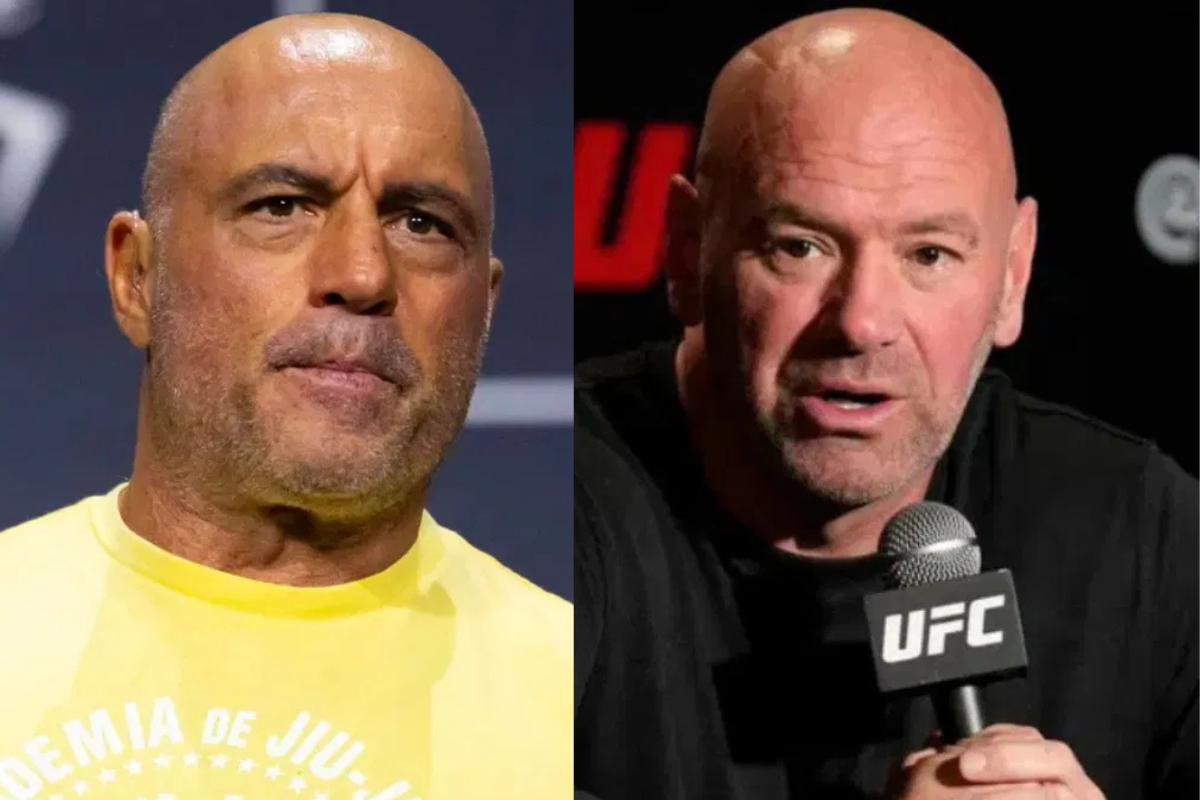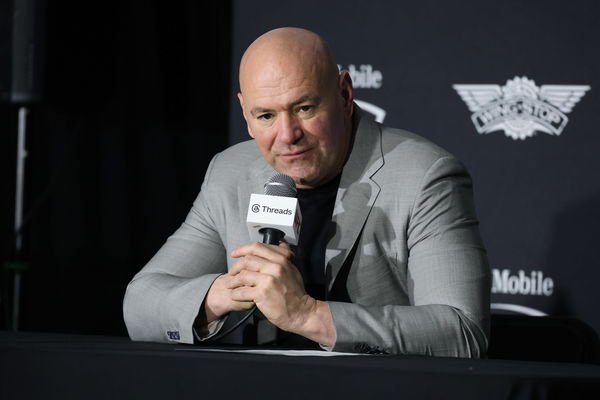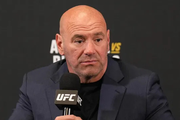
Imago
Credits: IMAGO

Imago
Credits: IMAGO
The UFC is about to see a seismic jump in its broadcasting revenue in 2026! Dana White and co. struck gold with a $1.1 billion per year for seven-year deal with Paramount+ CBS. Which totals to a whopping $7.7 billion. For those unversed, the current ESPN deal, which runs until the end of December 2025, brought in approximately $550 million annually. So, this new agreement nearly doubles that amount. With such a massive increase, the UFC brass stands to get richer. But many are asking: how much of it will actually benefit the fighters?
Watch What’s Trending Now!
White has already hinted that fighter pay will see an increase. On the Pardon My Take podcast, the UFC CEO clearly stated, “Fighter pay will go up for this deal,” while also assuring that athletes will gain more exposure. Despite this statement, details around how much fighters will actually earn remain unclear, especially after the UFC moved away from the existing PPV model. To address this uncertainty, Joe Rogan has stepped in with his own suggestion on how to fix the issue.
ADVERTISEMENT
Joe Rogan suggests a clear way for Dana White to increase the UFC fighters’ pay
In the UFC Paris fight companion live stream, Brendan Schaub started the conversation, stating, “I’m curious what the UFC is going to do with the payout, because there were PPV points before. And now, that’s gone.” Which got a curious reply from Rogan, “Do you think they do it based on how many people watch?”

Imago
UFC s president Dana White during the press conference, PK, Pressekonferenz after the fight between Spanish Topuria and Brazilian Charles Oliveira during the unofficial weigh-in event fight held at the T-Mobile Arena in Las Vegas, United States, 29 June 2025. Ilia Topuria vs Brazilian Charles Oliveira ACHTUNG: NUR REDAKTIONELLE NUTZUNG PUBLICATIONxINxGERxSUIxAUTxONLY Copyright: xOctavioxGuzmanx GRAF6466 20250629-55017266219_1
The UFC’s payment system won’t be fully clear until they step into the new broadcasting era in 2026. However, the UFC color commentator believes that if the promotion adopts a TV ratings-based model, it could attract a much larger audience and turn into a massive revenue stream. Rogan also suggests this could be a great opportunity for Dana White to increase the base pay for fighters, which currently stands at just $10k to show and win.
ADVERTISEMENT
Rogan added, “But that’s the best way to do it. It’s like ratings on a TV show. If you got F.R.I.E.N.D.S ratings, you got a lot of money. I don’t know how you would do it. But, something like that would be reasonable. Like the idea is, if more money is being acquired by the company, if they’re making more money now. It’d be great if the fighters got paid more money.”
Top Stories
Brian Ortega Gives Classy Response to UFC Fans Rubbing Alex Pereira and Tracy Cortez’ Relationship in His Face

Who Is Arman Tsarukyan’s Father? Nairi Tsarukyan’s Net Worth, Profession & Businesses

After Tracy Cortez Breakup, Brian Ortega Shares Emotional Confession on His Wife and Kids

Dana White Urged to Get Out of His Bubble After RIZIN’s Success

Joe Rogan Raises Alarming Doubt Over Tom Aspinall’s UFC Career After Eye Injury: “He’s Fu**ed Up”

Currently, headlining UFC fighters receive PPV shares in addition to their base pay, which adds to the mystery around how the promotion will handle payments under the new deal. Even Tom Aspinall seems unsure about how the company plans to manage it. Amid all this confusion, Dana White made one thing crystal clear! The fighter bonuses are definitely going up with the new broadcasting deal.
ADVERTISEMENT
UFC CEO promises bigger bonuses for fighters
Dana White offers a $50k bonus for Fight of the Night and Performance of the Night awards to standout fighters and bouts. An exception came at UFC 300, where fighters had the chance to earn up to $300k in extra money for impressive performances. After signing the Paramount+ CBS deal, White hasn’t revealed the exact bonus amounts that would reach that amount. But he assured that the post-fight bonuses will see a solid increase.
At last month’s DWCS presser, Dana White said, “The low-hanging fruit that’s easy to answer? Bonuses are obviously going up. That’ll be big, and forget about the tide rising with all the other fighters, just the number that the bonuses bring to a fighter, it’s millions of dollars.”
ADVERTISEMENT
That’s definitely great news for fighters, giving them more incentive to deliver stellar performances and pad their bank accounts. What remains unclear is whether base pay — often as low as $10,000–$30,000 for newcomers — will see significant improvement, or if the expanded revenue will be absorbed by operational costs and shareholder equity.
The UFC isn’t just changing its distribution model — it’s realigning its entire compensation structure. This comes amid ongoing antitrust scrutiny and class-action lawsuits alleging restrictive pay practices. These structural shifts may warrant scrutiny from regulators and internal legal teams.
It’s a question that definitely deserves some thought! Share your take in the comments below!
ADVERTISEMENT
ADVERTISEMENT
ADVERTISEMENT
ADVERTISEMENT

